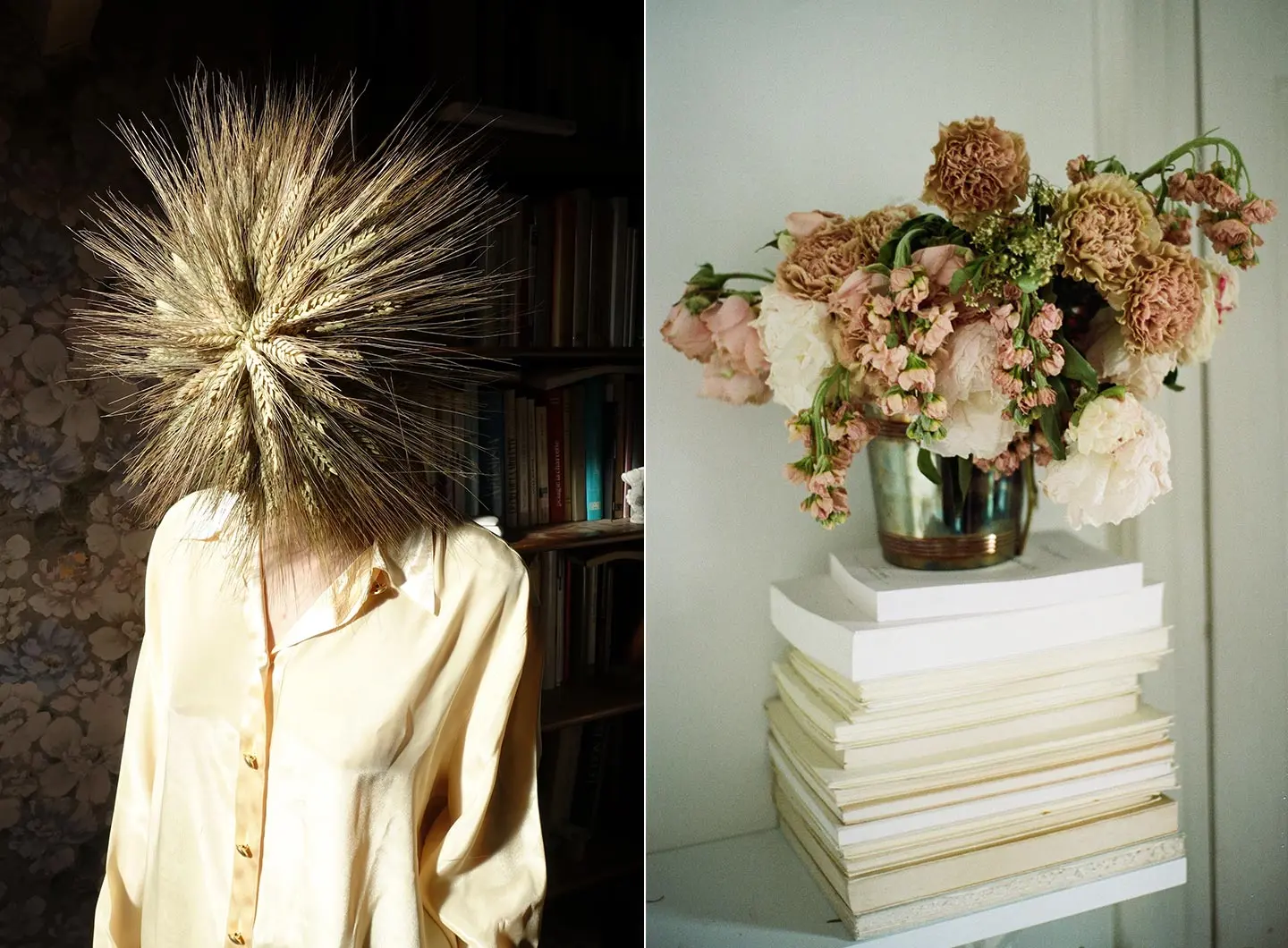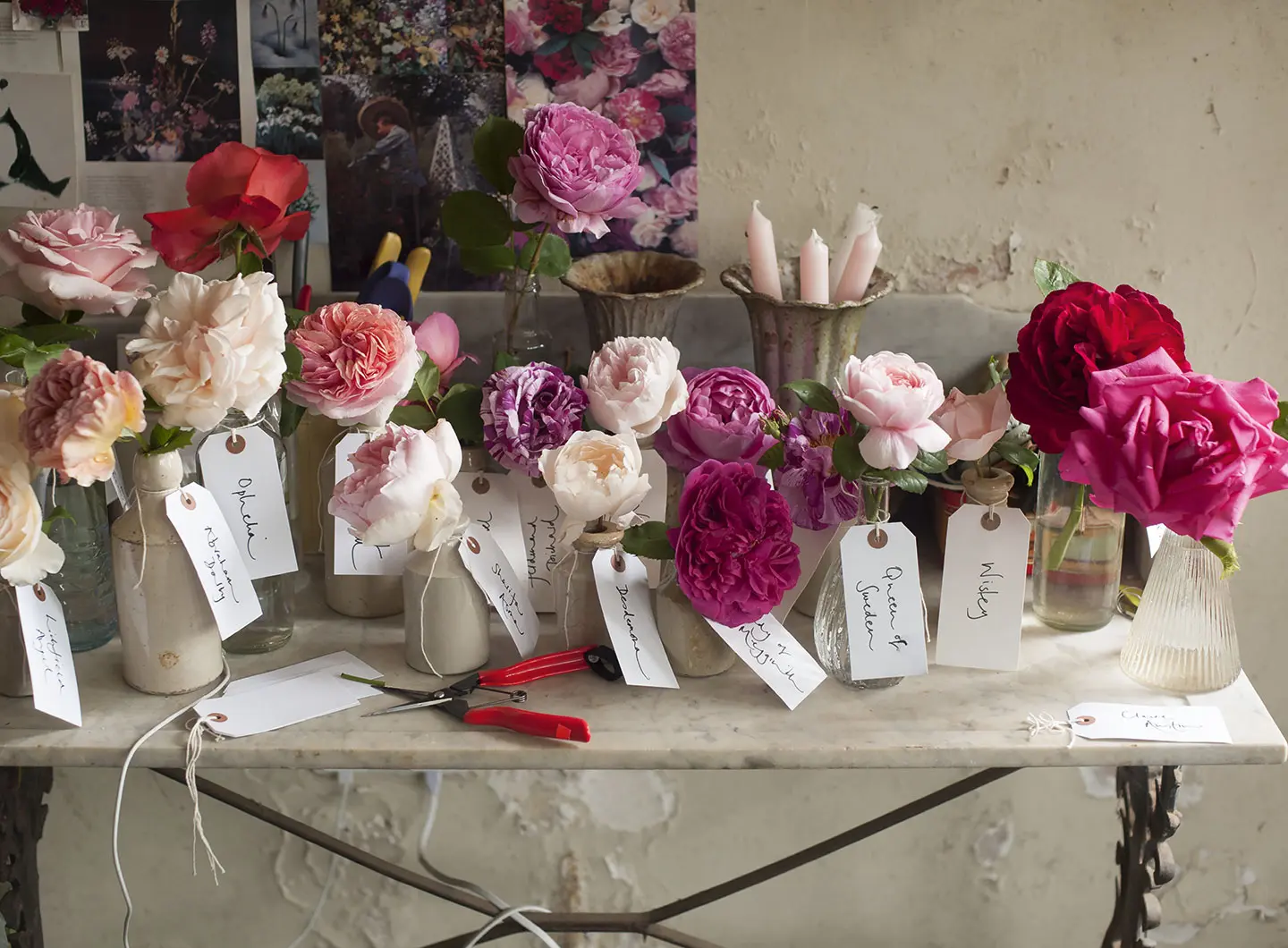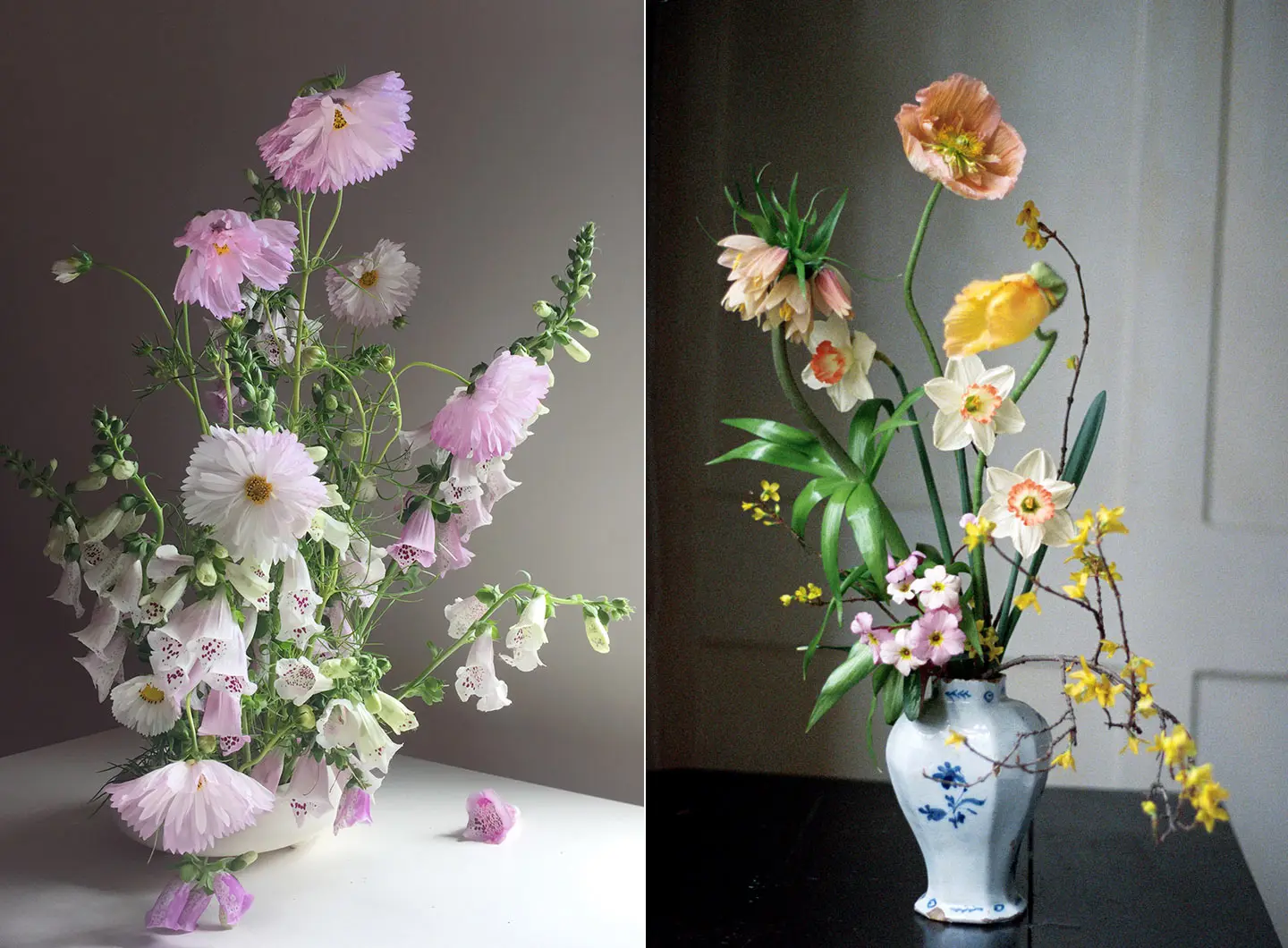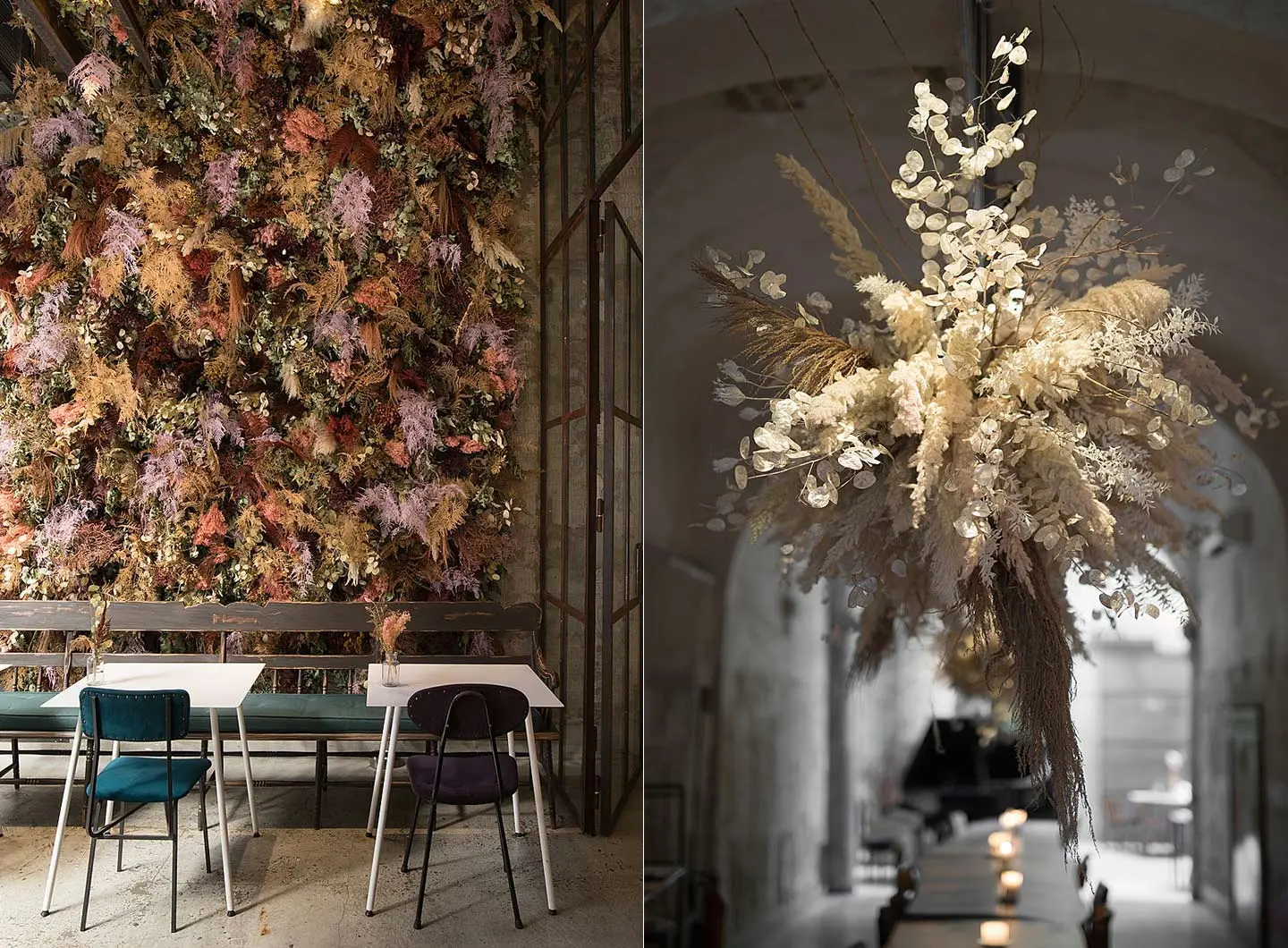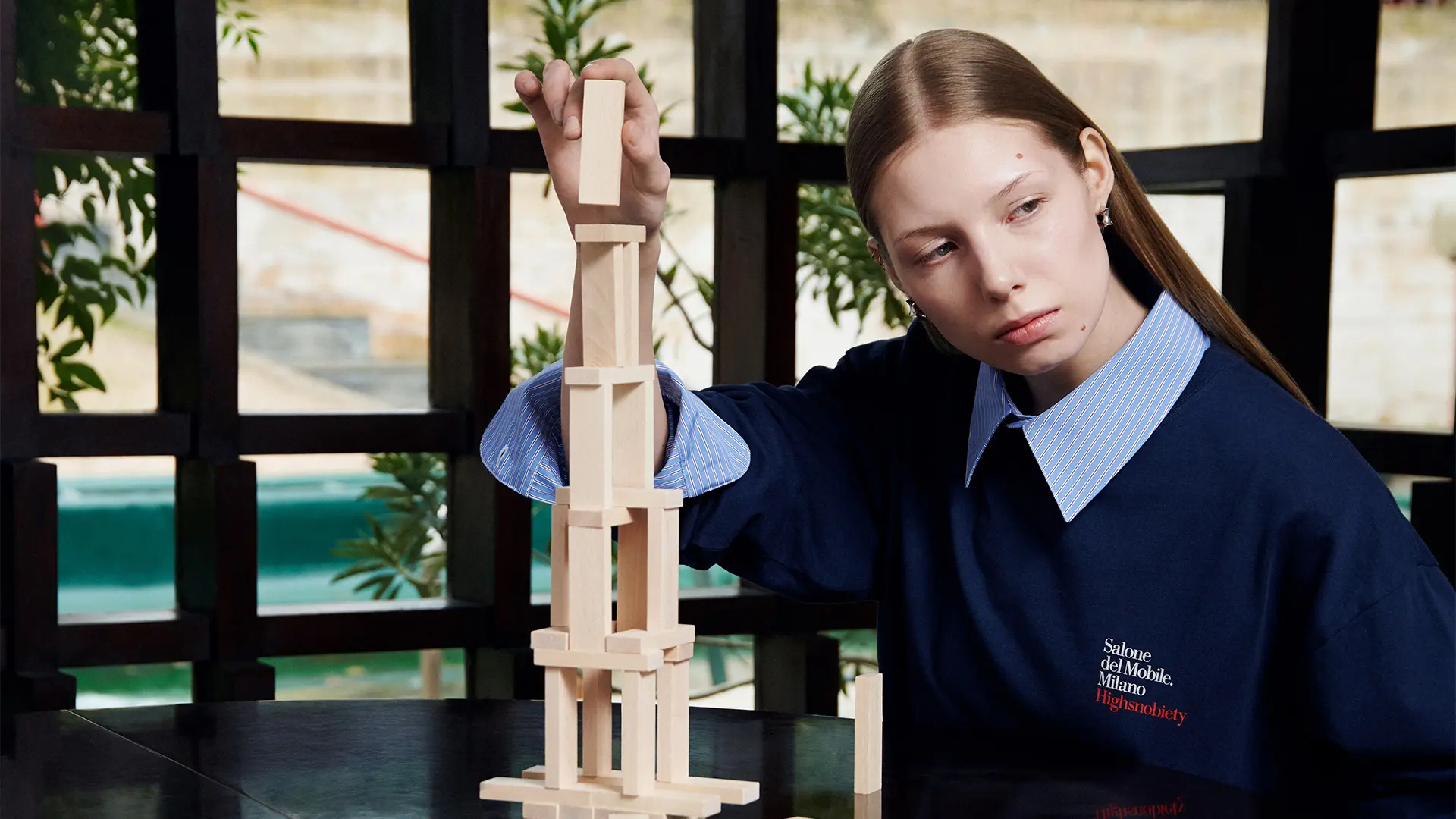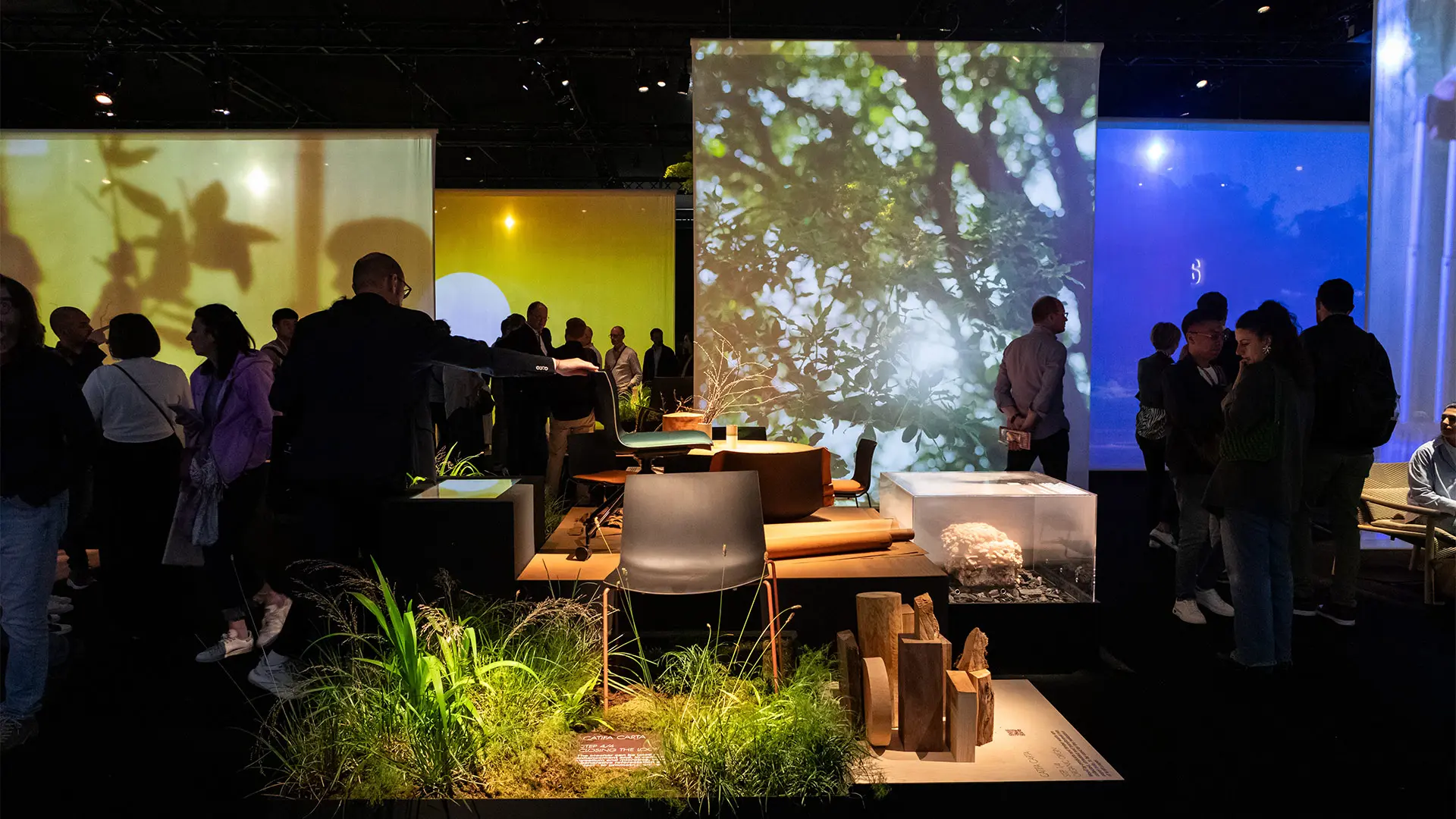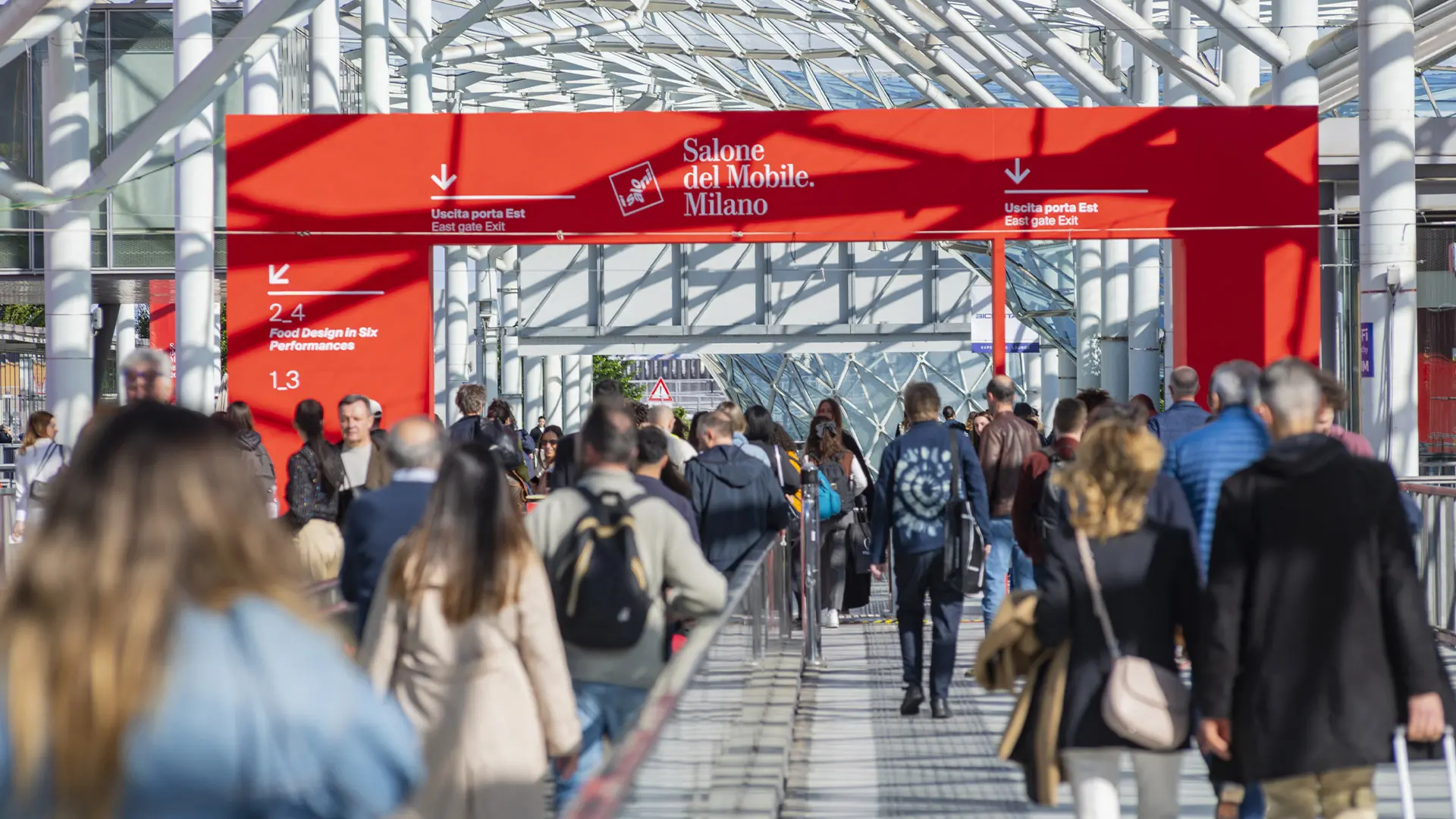Calling all Flower Designers
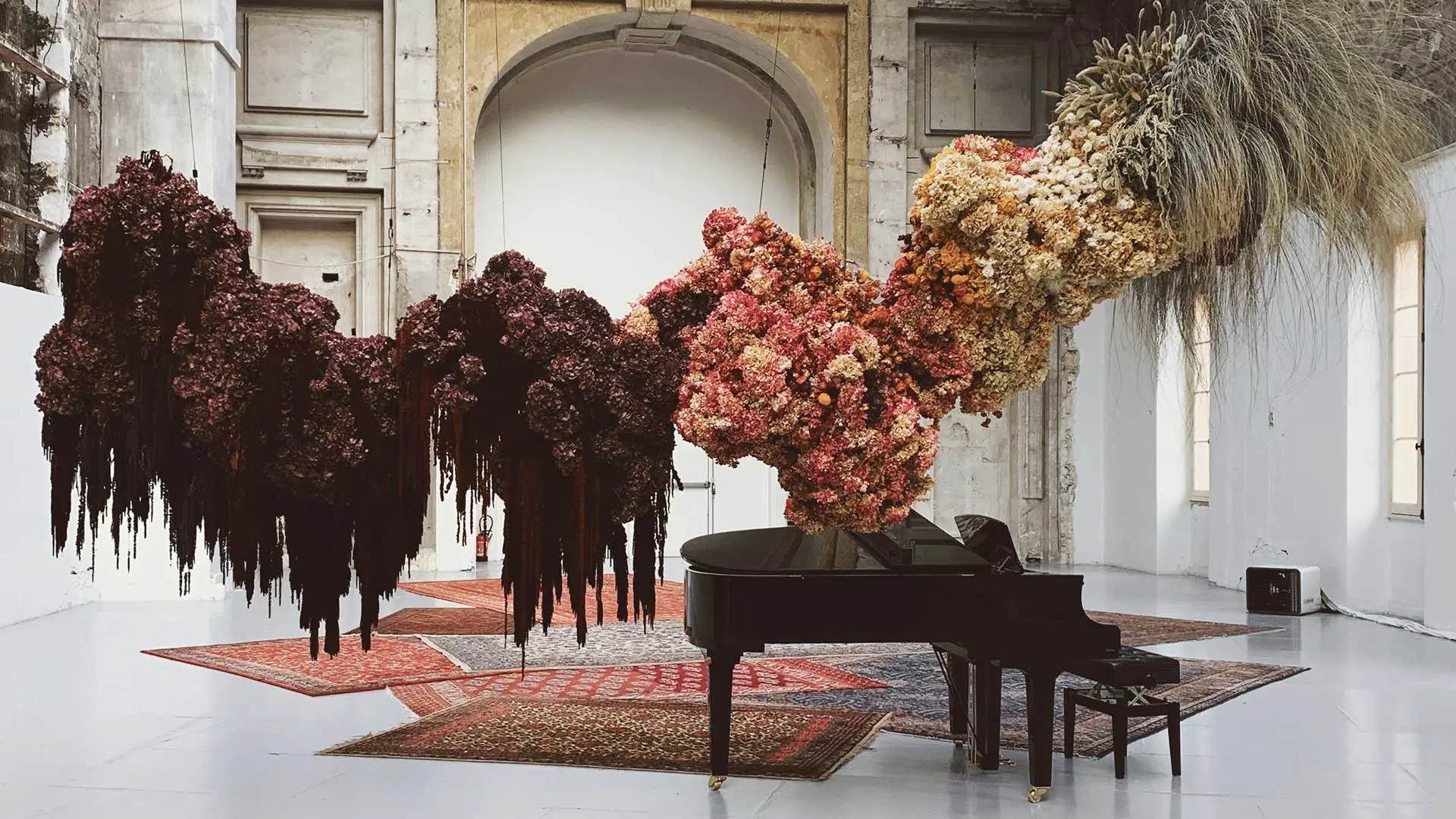
Mary Lennox, Saut Hermès au Grand Palais
The new floral gurus are turning the flower world into the most glamorous, social and eco-friendly business of the moment. They burst onto social media but their approach is bound up with art
Updated on 26 June 2023. Part artists, designers, scenographers, gardeners and now, social & digital marketers to boot, the new floral gurus pluck their raw material from the natural world, often experimentally, to turn spaces or events into their own (or their clients’) versions of Eden. While flowers remain the starting point, the individual designs are shaped by infinite combinations of colour, consistency, geometry and movement. The coolest styles right now are informed by a preference for a natural look, not artificial, in which buds, herbs and spontaneous blossoms meld with the context, and the arrangements look light and harmonious, while in reality they are anything but. Bold strokes, the occasional artificial element, geometric and graphic design and theatrical moods make for a more conceptual and striking effect. Either way, it’s up to the imagination and emotions of their admirers to complete the story and tease out its message.
The following are 8 floral designers on the contemporary international scene, whose social profiles are worth a look at every so often for a shot of beauty and natural decor inspiration.
Let’s start with Ruby Barber and Mary Lennox (the business takes its name from the heroine in The Secret Garden by Frances Hodgson Burnett). Ruby, Australian-born but a Berliner by adoption, prefers to work with Zero km flowers, remaining as faithful as possible to nature and to the changing seasons. Her arrangements are extremely sophisticated in their imperfection and vaporous in their minimalism; strong, instinctive forms capitalise on what is often a single variety and a single colour - in a thousand different shades – each time. The idea is to reimagine the role of flowers, herbs and plants in design and to forge a new, powerful and positive visual language.
@ruby_marylennox
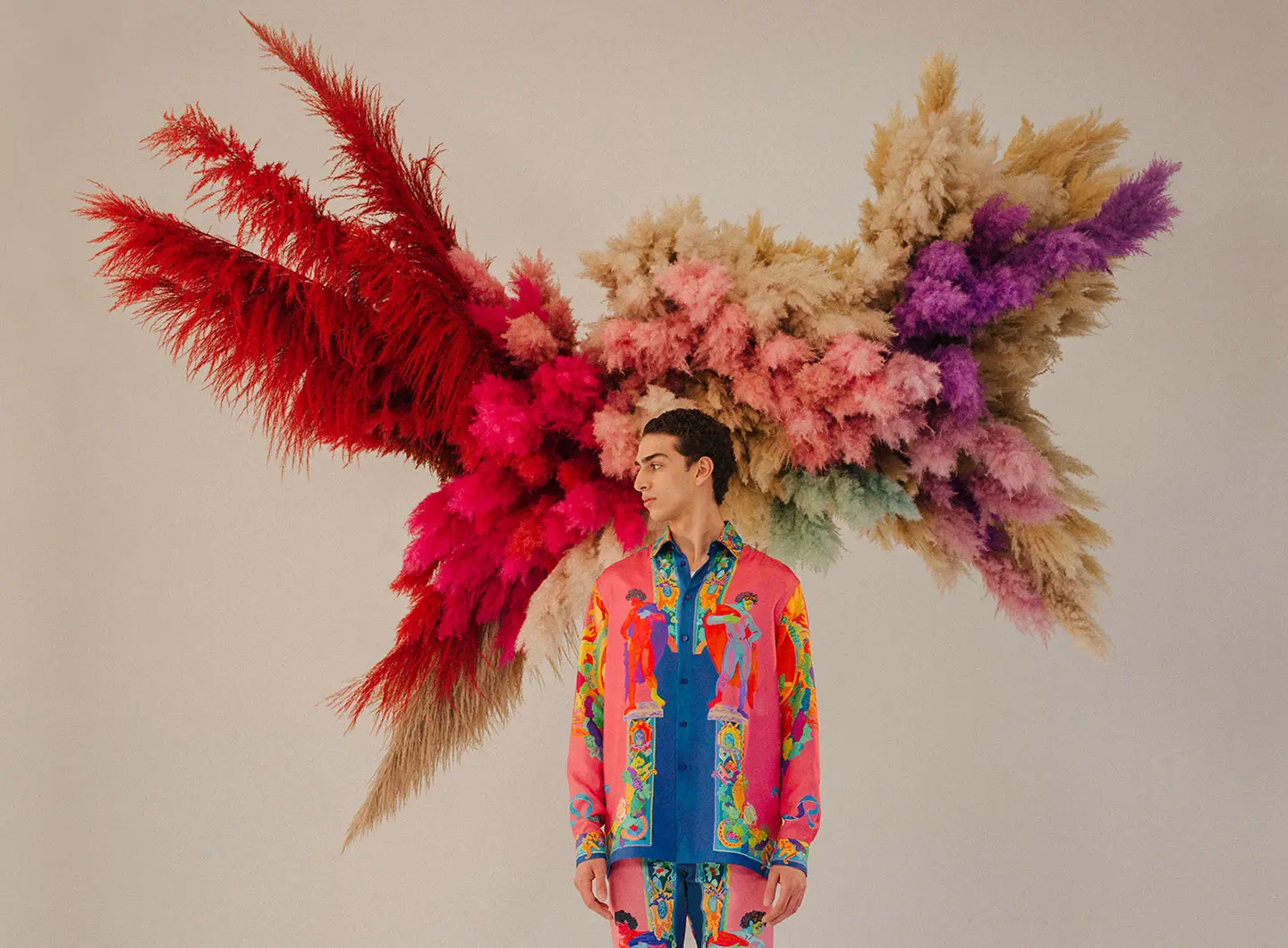
Versace for Highsnobiety - Photo Julien Tell
Azuma Makoto is an artist. A great artist. The fact that he works with flowers is purely accidental. Or perhaps not. In any case, it has informed a new genre of botanical sculpture found both inside and outside the world’s leading museums, an amalgam of design and experimentation. His most astonishing works include launching a bouquet into space and freezing an enormous floral composition among the icebergs around Hokkaido, the northernmost of Japan’s main islands. His work is a reflection on beauty and on time. Flowers are a metaphor for these ephemera. Co-founder of the haute couture floral boutique Jardins des Fleurs in Ginza, his creations are kaleidoscopic cornucopias of different species, often built around a single shade.
@azumamakoto
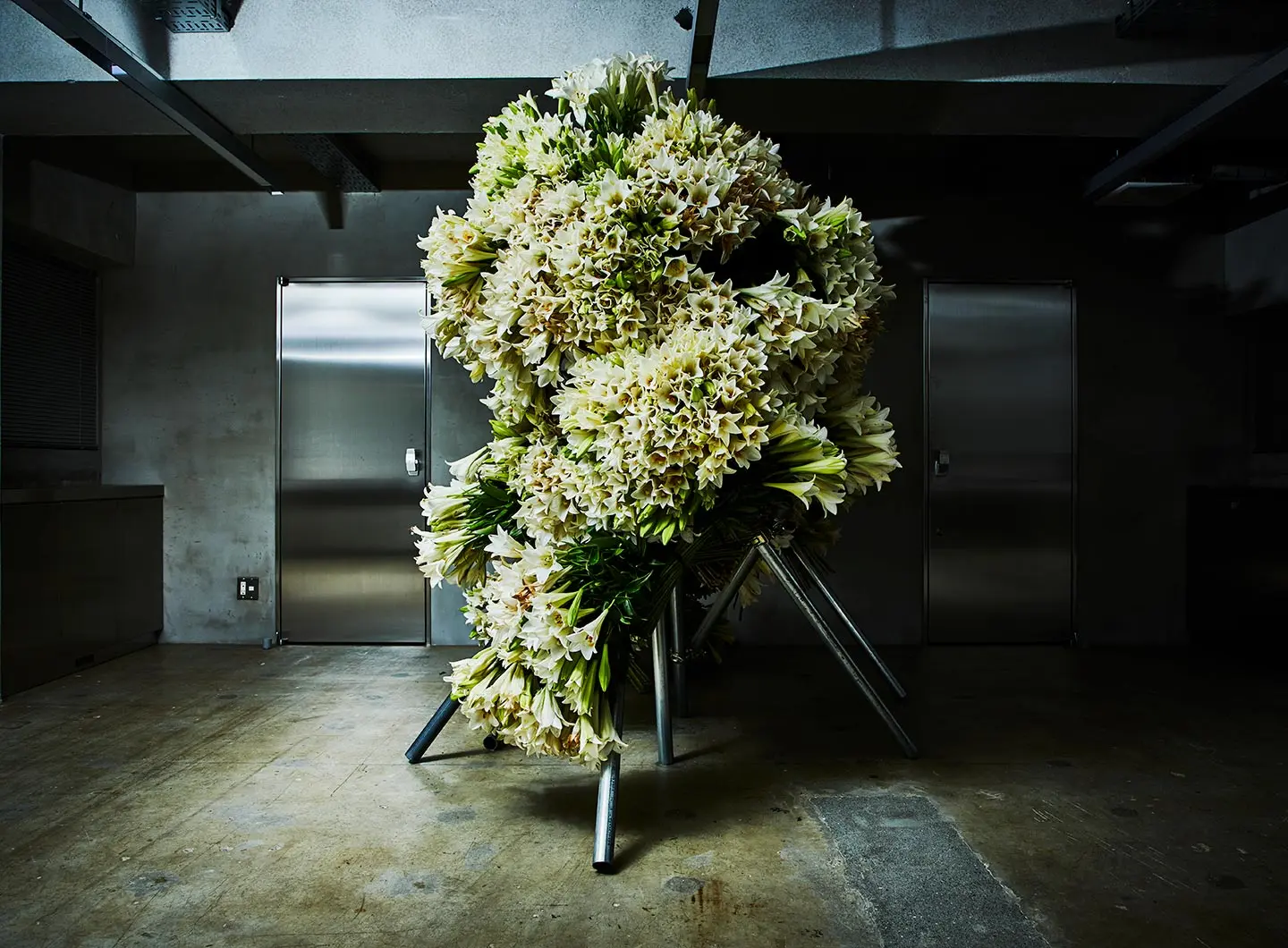
Botanical sculpture, 2020, Tokyo ©Azuma Makoto - Photo ©︎Shiinoki / AMKK
The painter and sculptor Sophie Parker is the creative director of Studio Wife in Brooklyn, founded in response to the American preconception that women should marry young and occupy themselves only with domestic matters. Her work is intended to be a demonstration of the powers of resilience of small women-led enterprises. Sophie describes herself as a botanical designer because she believes the term to be as resonant as an entire jungle. Her work is anything but traditional, with an eccentric and extravagant feel. Her past experience often encourages her to change the colour or structure of plants and to place them in unusual contexts, which recall architectural or film images. Her aim is not to create something beautiful – flowers are beautiful enough in themselves – but to try and root out something rare, fierce, amusing or sensual – something that she herself describes as “more natural.”
@wifenyc
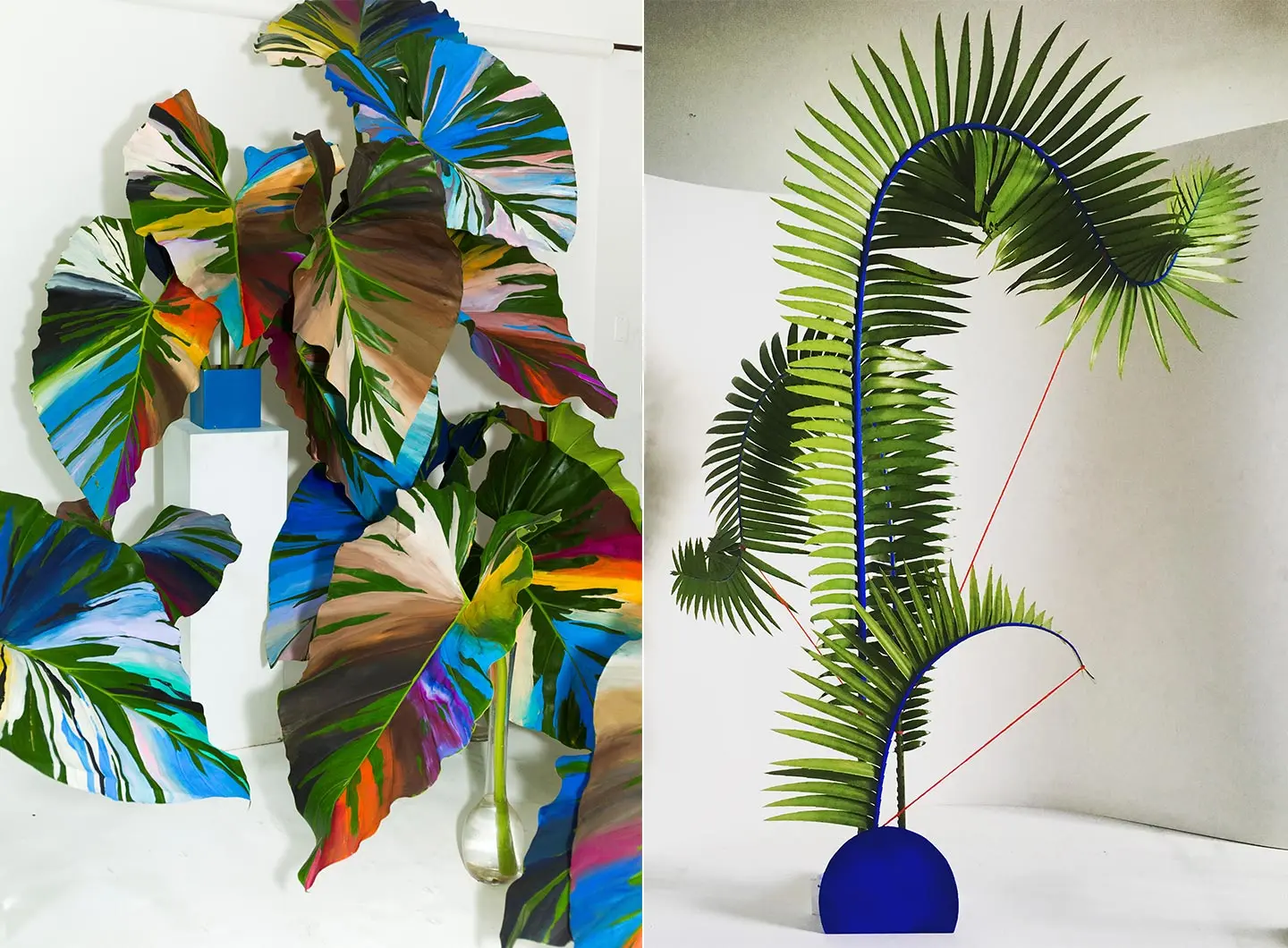
Studio Wife
He’s been called the “Banksy of floral design” - Lewis Miller is certainly the inventor of Flower Flash, the spectacular installations - often created with recycled flowers or those left over from the events for which he does the displays – that are liable to suddenly turn up in the strangest places in New York: dustbins, phone boxes, subway stops and defaced façades. By day he’s a high-end floral designer, by night an anonymous benefactor, given to joyful, passing, kind gestures that are also powerful reminders that if we only remember to look, there is beauty to be found in the world, and that we can confer happiness. His professional compositions are glamorous, sumptuous and stunning, his approach sartorial and decorative. The effect is always effortless (as in natural).
@lewismillerdesign
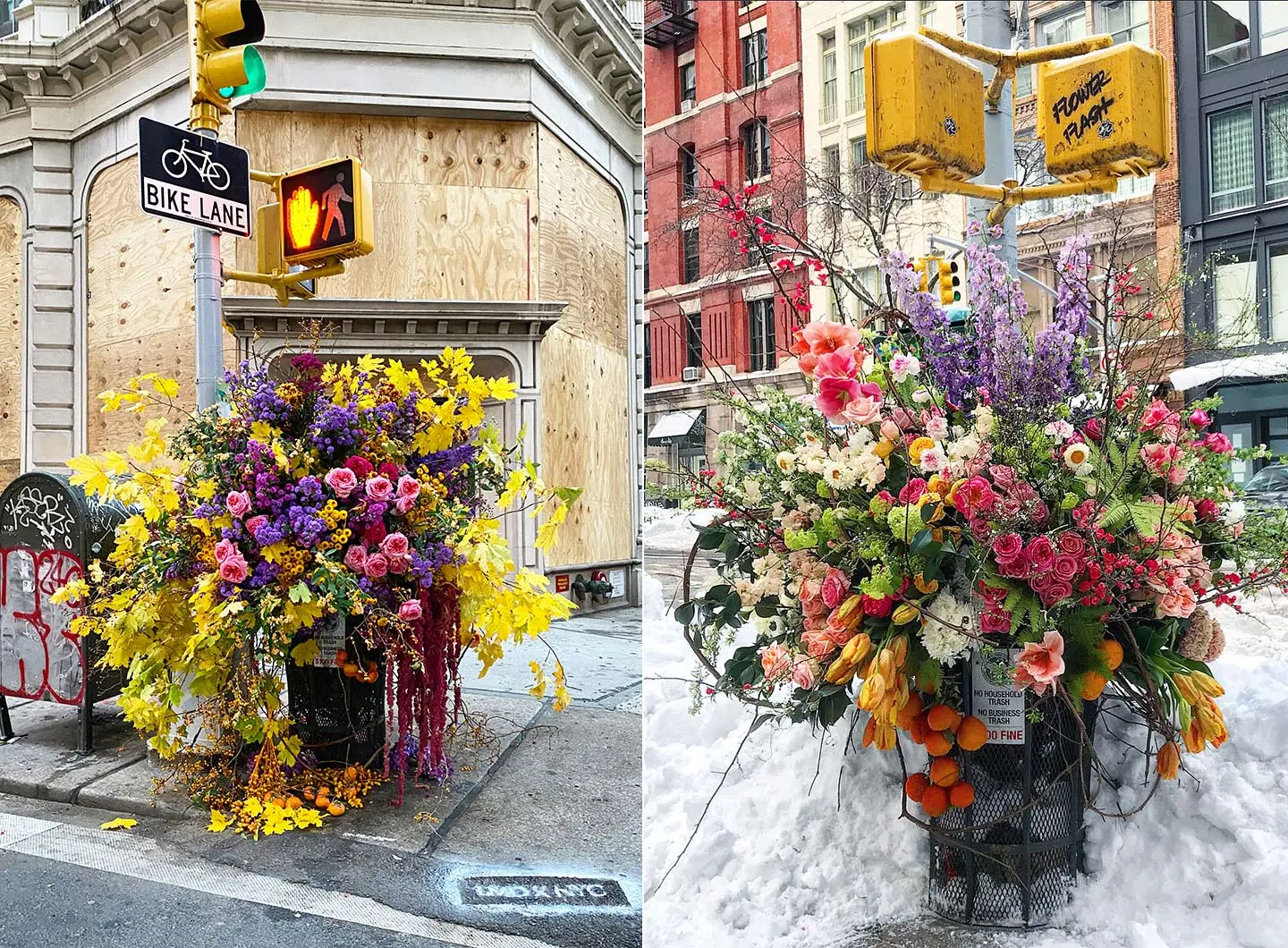
Left: Trash can, 20th Street and Broadway - Right: Trash can, White street and West Broadway
Claire Boreau doesn’t think of herself as an artist, rather as a craftswoman, a florist. A young woman doing “simple” work. Gorgeous, brightly coloured, lyrical and exciting but “done by hand,” like that of her parents and grandparents (who were butchers!) before her, from whom she inherited her love of literature and poetry. This is probably why all her arrangements are imbued with art, lyricism and drama. Her workshop and atelier, Nue Paris, is where she puts together her creations, which are always off the cuff because she doesn’t design them beforehand but allows herself to be guided by their scents and her own intuition. Hers is a sophisticated and contemporary, sometimes deconstructed sensitivity, she loves using little-known plants and coming up with unlikely combinations.
@nue.paris


